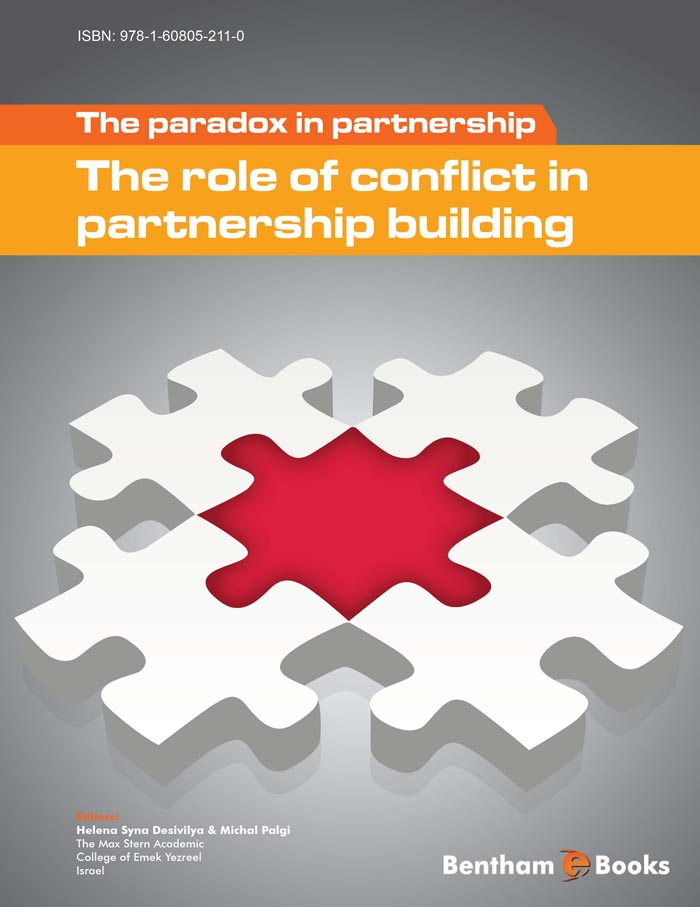Foreword
Considering the collaborative and conflicting dimensions of individuals, groups, and organizations coming together is a most important and necessary endeavor in this age of connection. Working collaboratively on problems can be more effective than addressing them alone. For one thing, partnered problem-solvers are less likely to lock into a particular problem-solving approach than solitary individuals.
A key motive for partnering is to gain the use of resources not held by an individual organization. So, a university might partner with businesses to be able to provide their students with opportunities for internships; or businesses might be interested in gaining access to new technological discoveries being developed in a university. Sometimes an organization in a university’s community might lead to the development of new endeavors and strategies at the university. For example, a theater company might offer a unique opportunity for students to learn about the issues and skills involved in costume design. The university’s curricula in art and business might have courses added that take advantage of this connection.
Trying to understand partnerships is not always an easy endeavor, even for the partners in a partnership. Sometimes conflicts in partnerships are caused by events in the past that might not be conscious to those currently playing out the resultant conflict. Similarly, partnerships are shaped by many stakeholder and other environmental situations which can make fostering collaboration or mitigating conflict more complicated.
In the 21st century, partnerships are frequently international, even global. Engineering students from the university of Arkansas have traveled to rural Belize village to help develop an irrigation system. They might come to realize that the indigenous village leadership has great wisdom which they benefit from in ways that had not been previously anticipated.
This volume has many insights into the dynamics of collaboration and conflict that partnerships manifest. We, the readers, are the beneficiaries of their insights.
Charles Wankel
St. Johns University, New York

